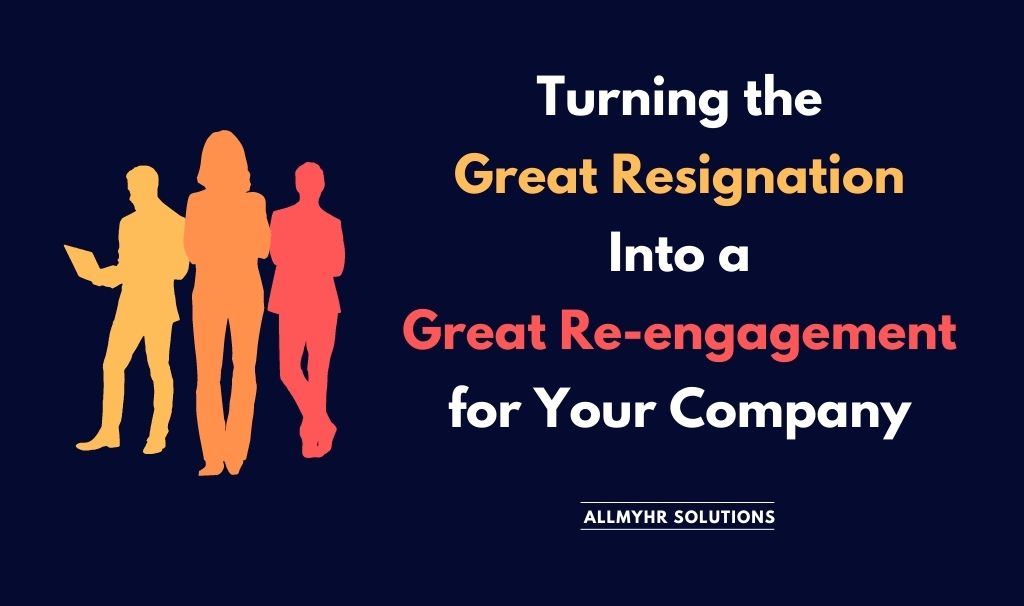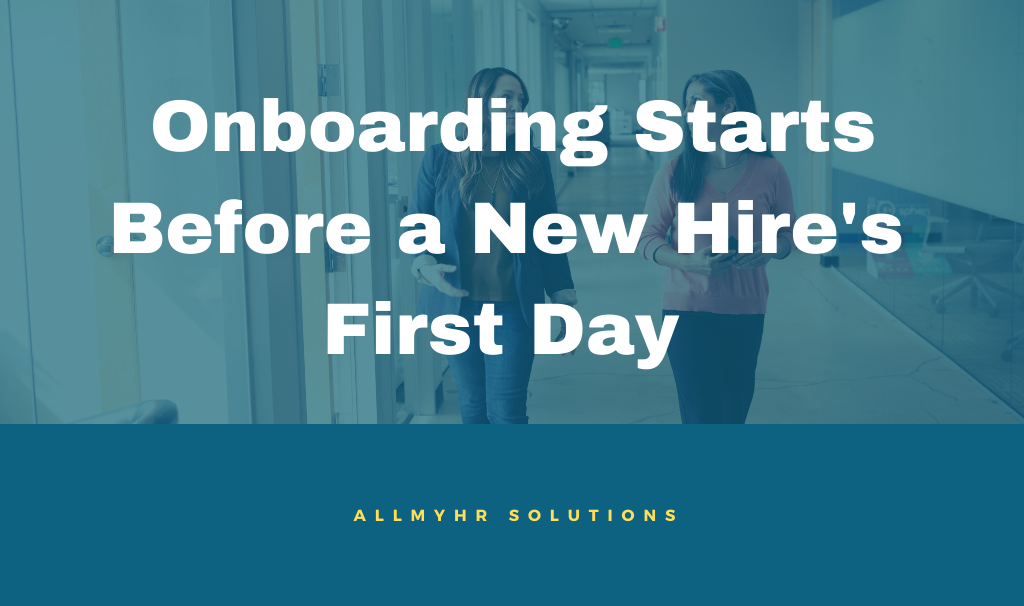Most HR professionals would agree that turnover is a source of stress. Losing an employee can feel like losing an investment, and replacing that person has its own costs—advertising, onboarding, training, and coverage to name a few. But we also know that turnover is a manageable cost of doing business, and sometimes even welcome. In short, turnover is a metric to take seriously, but also realistically.
Let’s examine a few potentially stressful situations related to turnover and explore whether they’re really something you should be worried about.
Potential Stressor: Your Turnover Rate Seems High
Whether a given turnover rate is high or low depends on many factors—both in and out of your control. If ineffective or toxic managers are scaring away talent, you should prioritize fixing that. If a bunch of employees resign about the same time, definitely pause and seek to understand why.
But if most of your workforce consists of students who typically leave after graduation or entry level workers who usually put in only a year or two before moving on, it’s prudent to prepare for those departures, but the effect of these departures on your turnover rate needn’t keep you up at night. Don’t stress too much about a number—it’s information that can be helpful, but also a distraction from what’s really important.
Potential Stressor: New Hire Quits
It never feels good when a new hire leaves within the first few months of their tenure with you, but unless it happens repeatedly, it’s probably not a red flag.
That said, digging into your recruitment and onboarding processes may help you tighten any loose ends. Look for disconnects between what is advertised and what the job actually entails. Conduct exit interviews if the departing employee is willing and ask open-ended questions about their experience. If you feel like you’re getting only “safe” answers, be more pointed in trying to determine if the role was as they imagined based on how it was advertised, and whether there were any processes or people that contributed to their decision to leave.
Building a process that creates a true job preview for candidates should prevent them from feeling like they’ve been “had.” New employees who come in with a clear picture of what to expect and then have an experience that matches those expectations are more likely to stick around.
Potential Stressor: One Team Has Much Higher Turnover
As you track turnover, you may notice spikes within one or more teams rather than throughout the whole company. Higher than average turnover rates among certain teams may point to bad management practices or unusually stressful working situations, but they also may be a sign of normal and good things happening. Approach the situation with curiosity.
You may find that teams with higher turnover operate with more entry-level or transitional positions that employees don’t typically spend a lot of time in. Perhaps you have a manager who’s regularly helping their reports move up in the organization or setting higher (but still reasonable) performance standards than their predecessor. You may also find that the work that team does is more stressful, grueling, or monotonous than work elsewhere in the organization. You’d expect higher turnover in these situations. It’s not necessarily a problem you need to solve, but it’s definitely something to account for.
Parting Thought
If you work in HR, you may have some sleepless nights. It’s the nature of the job. You’re constantly putting out fires, addressing emotionally challenging situations, and taking steps to make every hire a good investment for the company. When people leave, it can feel like you’ve failed.
But be kind to yourself. Turnover is always important—but it isn’t always a problem. Turnover is normal and expected. Some turnover is good! Approach employee departures with curiosity and patience. They may indicate that something needs to be fixed or tweaked, but they may also be a sign that everything is working as it should.
Take 10 minutes and find out how you can build a more cohesive team.







